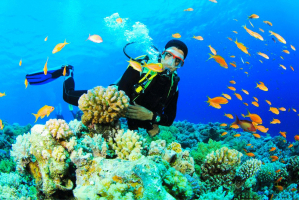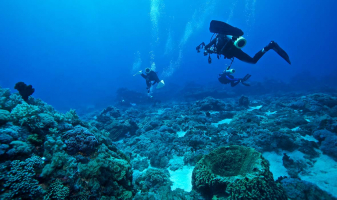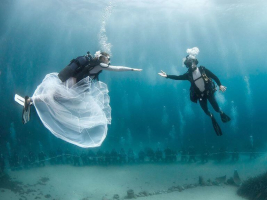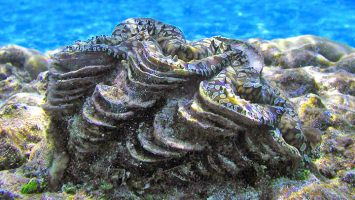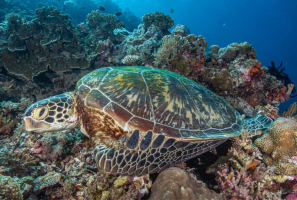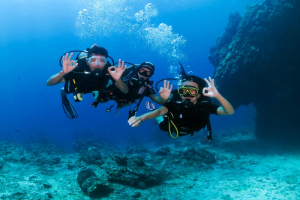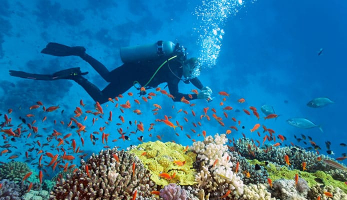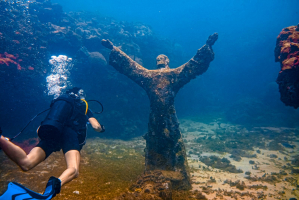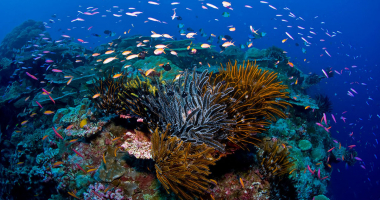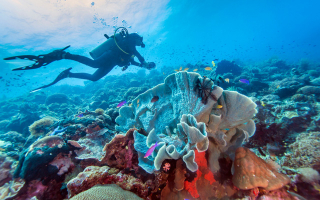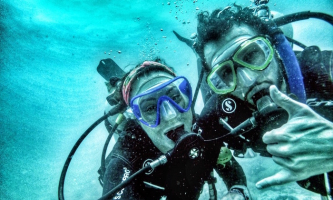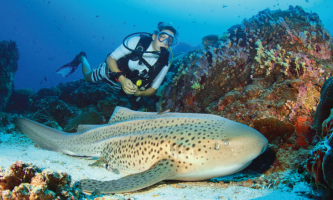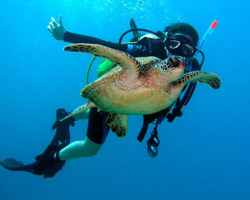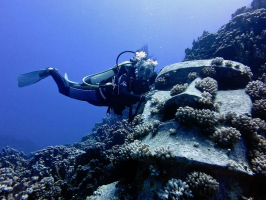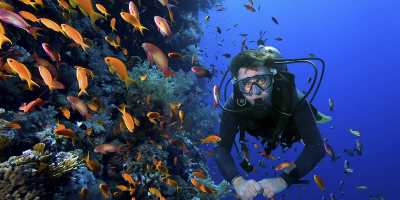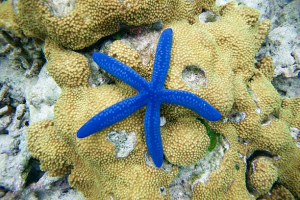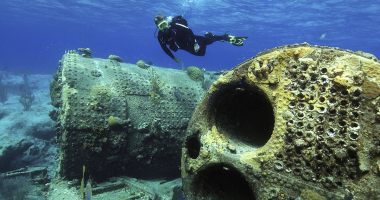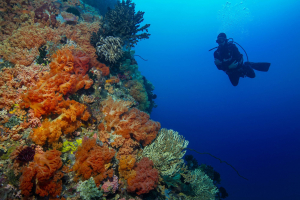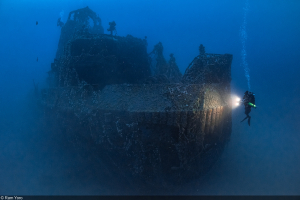Top 10 Best Dive Sites in Cuba
For Canadian visitors and divers, Cuba is one of the most popular holiday destinations. There were commercial limitations between Cuba and the United States ... read more...until the most recent political reforms. So, there were next to no American citizens traveling to Cuba for countless years. This is a significant distinction between Cuba and the rest of the Caribbean, where American tourists play a significant part in the tourism economy. Let's find out the best dive sites in Cuba.
-
Jardines de la Reina (Gardens of the Queen) ranks 1st on the list of the best dive sites in Cuba. It is located about 100km offshore of Cuba’s southern coast, the Jardines de la Reina are groups of small cays running parallel to the Cuban coast. Indeed, there are over 600 small cays covering a distance of 150 km. The majority of the archipelago is a marine sanctuary and is uninhabited. One dive operator, Avalon Cuban Diving Centers, has exclusive rights to conduct diving in the marine park. They operate four liveaboards and one small floating hotel. Of course, the different liveaboard boats are organized and are not cruising the same area at the same time. This means that you and the few other divers on your ship will be the only people diving on a site at a time.
The reefs around the marine park are pristine. Plus, the cold water, which comes from the nearby deep trenches, brings nutrients from the depths and keeps the corals healthy. Also, as we know, healthy coral then provides a great habitat for the reef fishes, which in turn will attract bigger fishes. The final result is a lush underwater landscape, teeming with marine life. Since fishing is not allowed, natural balances occur. The Jardines de la Reina has often been referred to as the most pristine reef in the Caribbean Sea. Lastly, note that the Aggressor Fleet has two new vessels in the area working in conjunction with the Avalon Fleet.
Location: Santa Cruz del Sur, Cuba
Area: 2.170 km²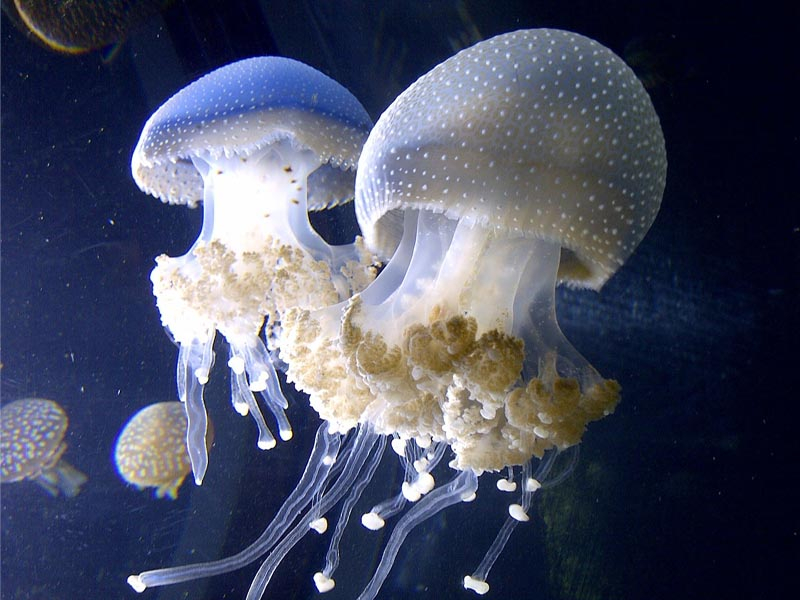
stylesatlife.com 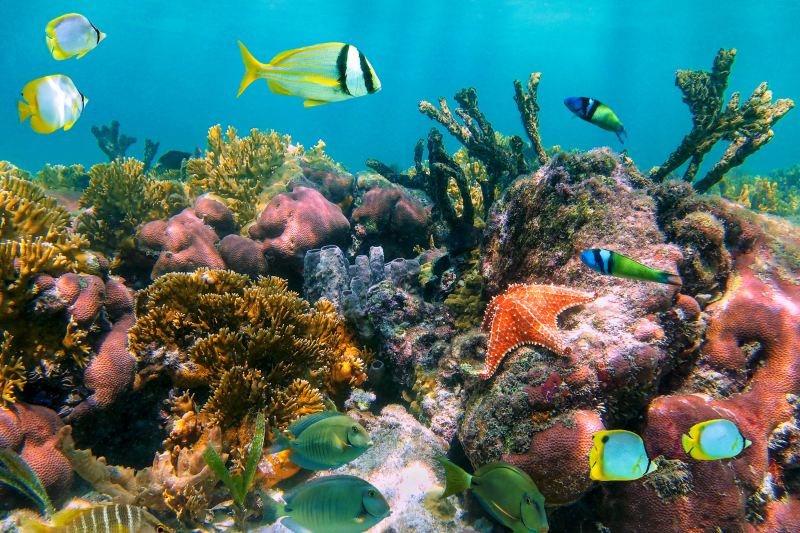
franks-travelbox.com -
Bay of Pigs ranks 2nd on the list of the best dive sites in Cuba. The Caribbean Sea is so lovely here, with its colors of azure and sapphire, that it's little surprise the Castros' hidden vacation house is close by. The location is 100 miles (160 kilometers) southeast of Havana, on the edge of the Zapata Swamp. Clamber over the fretted limestone beach to find a 1961 invasion wreck in the shallows before venturing out to a 300m (984ft) deep vividly colored coral wall. In the Cazones Gulf, look for sinkholes, black coral, lobster, and hawksbill turtles.
The dive site selected each day will depend on conditions and the dive leader does try to select a different site each day. If you elected to make two dives on the same day, then you do them in the same location. From the diving point of view, the locality is known particularly for its caves with mixed water (freshwater up and seawater below 10m) and beautiful walls in the sea near the place called Punta Perdis (the local restaurant offers specialties from crocodile meat). Bay of Pigs is a deeply cut bay (approximately 20km), protected from the breaker and therefore characteristic with its permanently excellent visibility. Diving is possible therefrom two bases: Playa Larga and Playa Girón.
Location: Matanzas, Cuba
Area: 168 km²
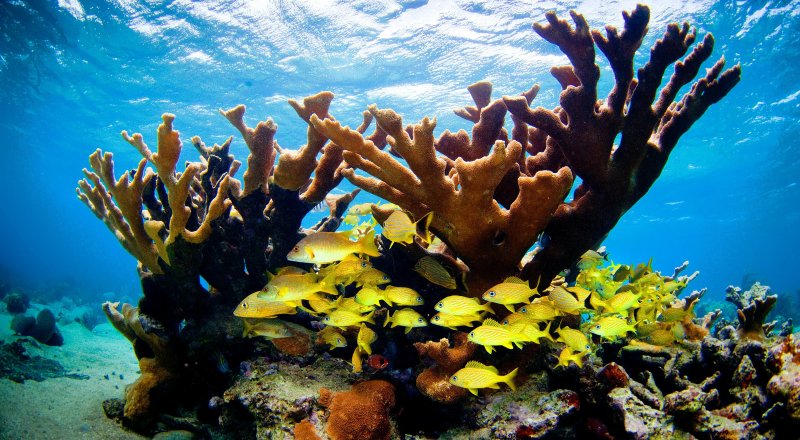
nature.org 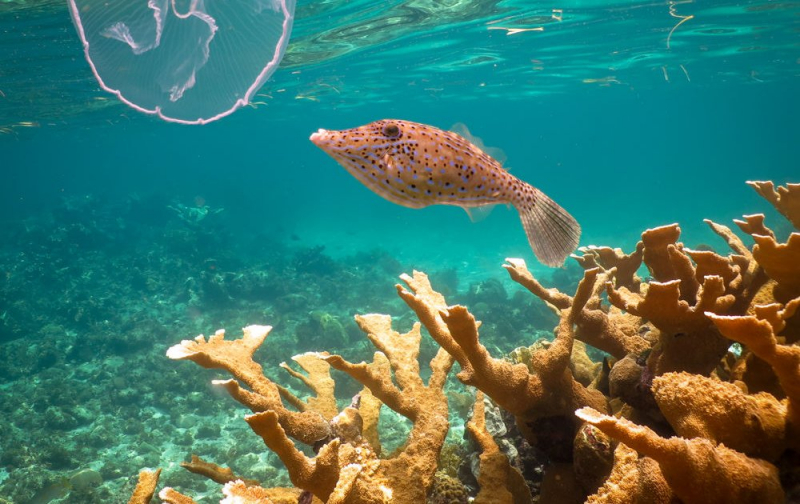
oceandoctor.org -
Punta Francés ranks 3rd on the list of the best dive sites in Cuba. It is the second-largest island in the Cuban archipelago (2,357 square km). Its many attractions include the Punta Frances National Marine Park, Bibijagua Beach, the Los Indios-San Felipe Natural Preserve, the pictographs in Punta del Este caves, and the Colony International Scuba-Diving Center, El Abra Farm, and the "Model" Prison. Before donning your dive gear, walk the lovely white-sand crescent of Punta Francés and hunt for long-gone pirates' lairs on the jagged limestone shore and American croc nests in the jungle. The Bay of Siguanea is a remote location, located 60 miles (96 kilometers) off the coast of Cuba, off this southwest sandy point of the Isle of Youth. There are 56 diving sites along the "Pirate's Coast." Great hammerhead sharks and rays should be on your radar.
Punta Frances, located along the “pirate coast” on the Isla de la Juventud, is another must-do for divers. Advanced divers can submerge into a tunnel at the site, called Cueva Azul, to spot huge tarpon. Even snorkelers along Punta Frances’ shores may spot hawksbill sea turtles and maybe even manatees. This is the perfect place to snorkel in Cuba.You will admire multicolored fishes, corals, and numerous tree gorgonians.
Location: Isla de la Juventud, Cuba
Area: 2,357 km2
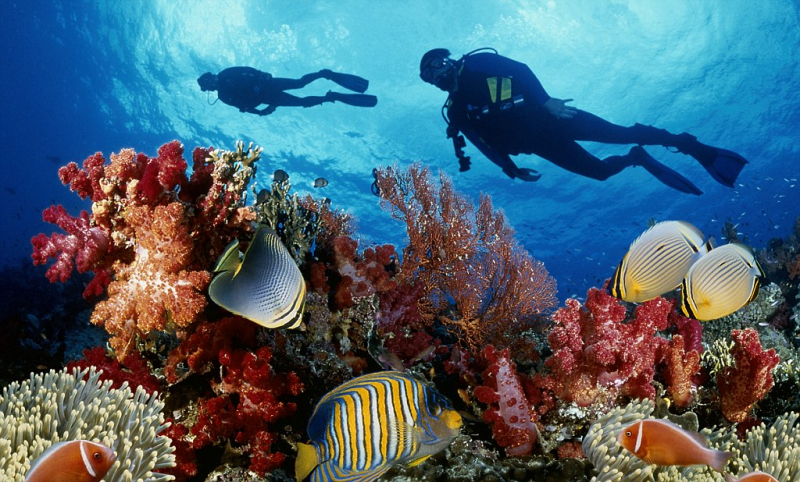
dailymail.co.uk 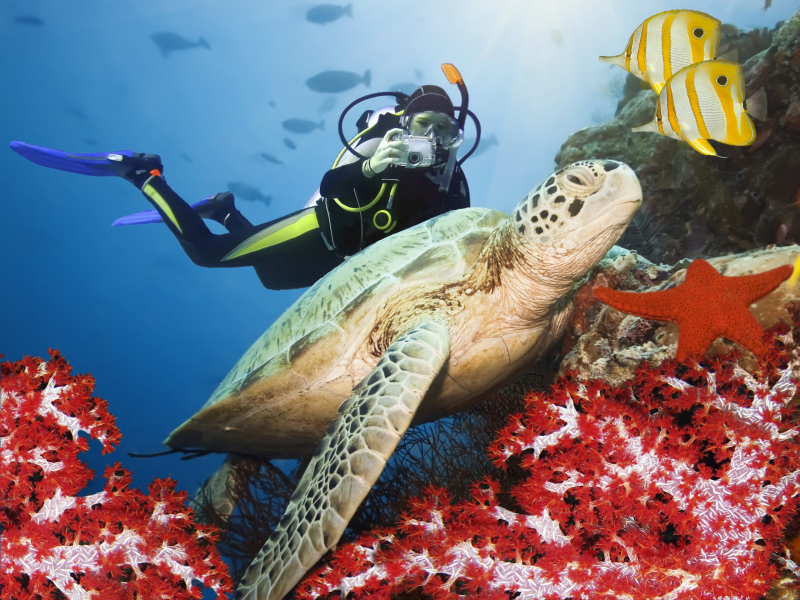
simplycubatours.com -
Cayo Largo is the greatest diving and sunbathing location in Cuba, with some of the most magnificent pristine sands in the Caribbean. The majority of divers visit for the dolphins, groupers, and eagle rays, but there are also nurse sharks and sea turtles to see. On the coral key beaches, hawksbill, green, and loggerhead turtles deposit their eggs. The Sea Turtle Rescue Center in Cayo Largo, which is available to the public, shelters eggs until hatching time in the fall months.
A major tourist attraction of Cayo Largos are the west beaches, Playa Sirena, and Playo Paraiso. These beaches are a kilometer apart, and one may easily walk between them when the tide is not full. Sirena offers full-service facilities for tourists. A shuttle "train" service that takes tourists from the resorts to these beaches is no longer operating though it had been operating for years. Paraiso offers one of the finest undeveloped beaches in the world. Activities on the beach may be curtailed during turtle egg-laying season. The beach has water sports related to the hotels, a restaurant, a dolphin attraction, and docks for catamaran trips. The lee side of the beach features tidal flats where many very large starfish congregate and other tropical fish are easily viewed. Travelers should be advised nudism is tolerated in Cayo Largo and is practiced on the periphery of the resorts in designated areas, and on the many desolate stretches of beaches (20 km) on this island.
Location: Isla de la Juventud, Cuba
Area: 75 km2
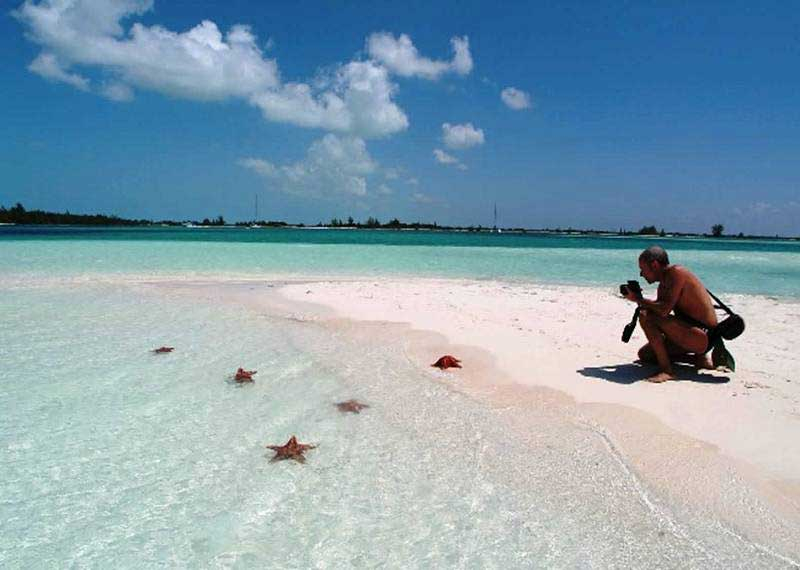
easybookingcuba.com 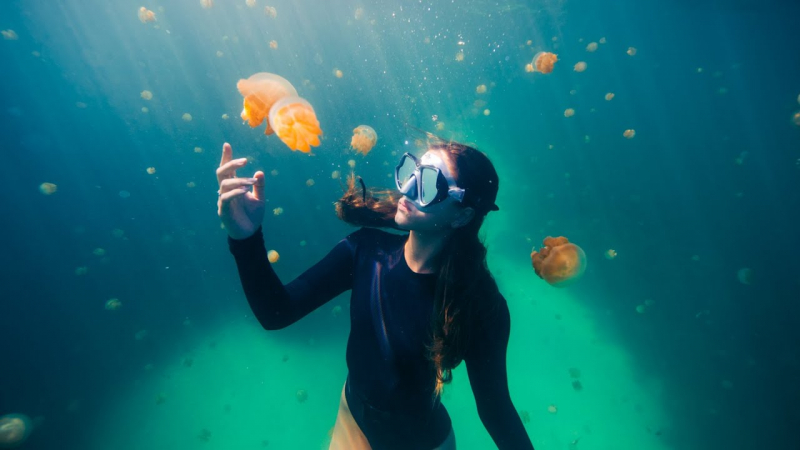
ejoy-english.com -
María La Gorda ranks 5th on the list of the best dive sites in Cuba. Are you looking for a good diving scene? This modest resort is the island's sole diving resort of its kind. The wooden cottages are placed on a white sand beach with palm trees. The abundant coral, lobster, moray eels, barracuda, and a few 18th-century shipwreck remnants are more important than the huge fish. The majority of the diving sites are located offshore or within a short boat trip. This location is ideal for new dives. One of Cuba’s premier dive areas, María la Gorda is on the Guanahacabibes Peninsula, a UNESCO Biosphere Reserve. Marked by meticulous preservation and abundant flora and fauna, it’s a popular destination for nature lovers as well as divers.
Designed especially for divers, although also a wonderful choice for eco-tourists and vacationers looking for a quiet and secluded place. The María la Gorda International Diving Center is located on the westernmost tip of Cuba in the Guanahacabibes peninsula, near Cabo Corrientes. A genuine opportunity to discover this biosphere reserve and experience a paradise where endless species of endangered or endemic animals live, and where small and sheltered beaches from tales of pirates and hidden treasures still remain intact.
Location: Guanahacabibes Peninsula, Cuba
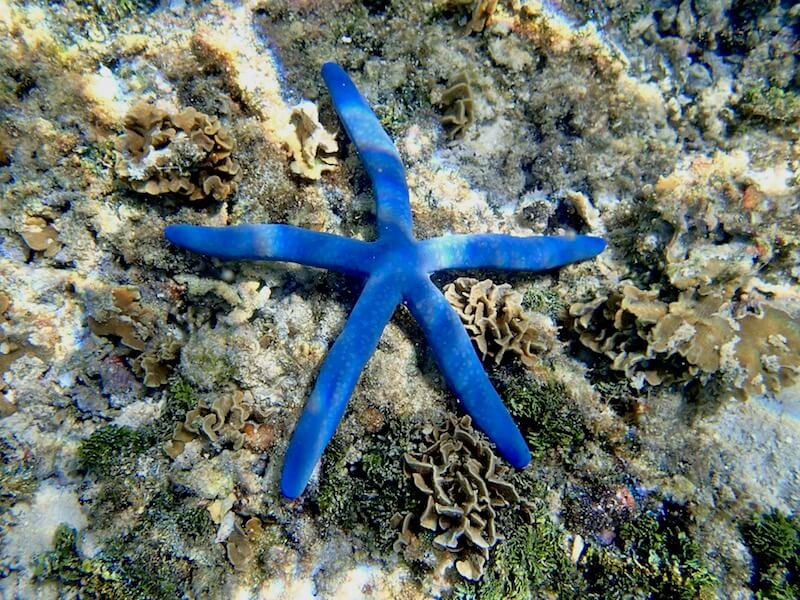
snorkeling-report.com 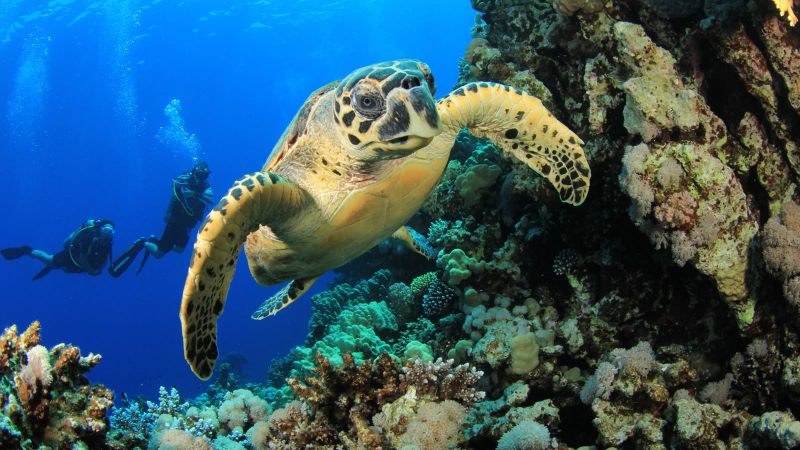
simplymaldivesholidays.co.uk -
Sparsely inhabited in the early years by fishermen and charcoal producers, the island gained fame in the 1960s with deep-sea fishermen. The first resort was built in 1993 in an era described by critics as "tourist apartheid", as Cuban citizens were not allowed on the island unless they worked at the resorts serving tourists or had other specific permission. However, this restriction was lifted after 2000, and Cubans who can afford motor transport often visit Playa Pilar on the island. Many staff who work in the hotels commute from the mainland towns of Morón and Ciego de Avila. The island is a popular tourist destination. One of the country's best beaches, the Playa Pilar (Pilar Beach) is located at the western end of Cayo Guillermo. This beach is named after Ernest Hemingway's yacht, the cabin cruiser Pilar.
Cayo Guillermo is contiguous with Cayo Coco and lays just to the west of it. It’s a much smaller island – only 7 square miles (18 square km) total – and has fewer hotels. The hotels are set along the 3-mile-long (5-km) Playa El Paso. Paragliding and kite-surfing are popular down here, and you’ll often see a handful of kite-surfers whipping across the waves at Playa El Paso. The best beach in the area is at the western tip of Cayo Guillermo—Playa Pilar is home to a lovely white-sand beach backed by dunes. The restaurant here serves local seafood and cold beer.
Location: Ciego de Ávila, Cuba
Area: 18 km2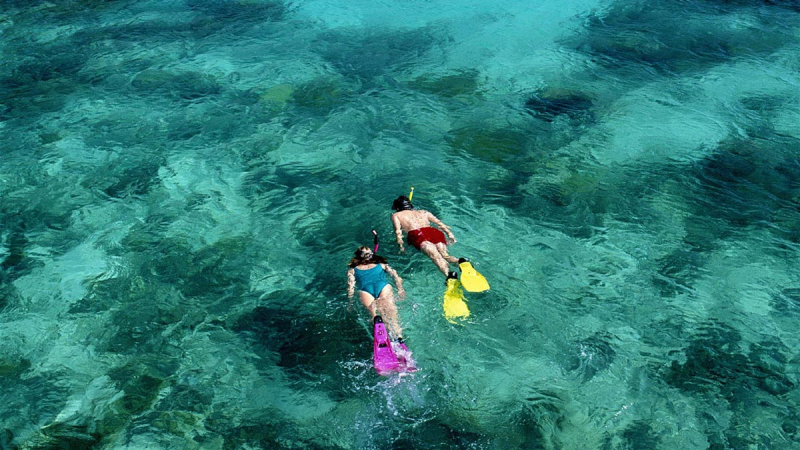
bestofbahrain.com 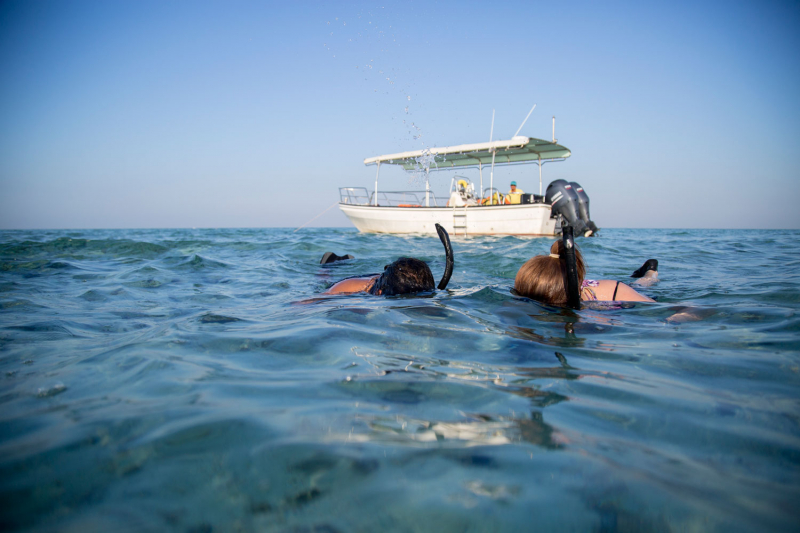
timeoutbahrain.com -
The resorts on this island have a great ambiance. A long coral reef off the coast is home to parrotfish, snappers, angelfish, barracuda, and turtles. You should visit La Jaula, which has sharks and rays, Las Coloradas, which has caverns and tarpons, and Los Tiburones, which is known for its tiny tunnels frequented by reef sharks. Why not learn to kitesurf on the pale blue sea after exploring the underwater world?
The causeway linking Cayo Coco to the mainland is 27 kilometers long and runs across the Bay of Dogs. It took 16 months to build and required 3 million cubic meters of stone. The causeway caused concern among environmentalists because it disturbed the tidal flow, thus changing the salinity and temperature of the water. A number of gaps were created in the causeway to restore some water flow. Wild flamingos still live in the shallow waters of the bay and can often be seen from the causeway, albeit less frequently. Two short causeways link Cayo Coco to Cayo Guillermo (to the west) and Cayo Romano (to the east). The beaches – including Playa Flamenco, Playa Larga, and Playa Palma Real – have soft white sand and are scattered with lounge chairs. You can walk from the beach to beach, but most travelers are content to hang out in the area in front of their hotel.
Location: Ciego de Ávila, Cuba
Area: 27 km2
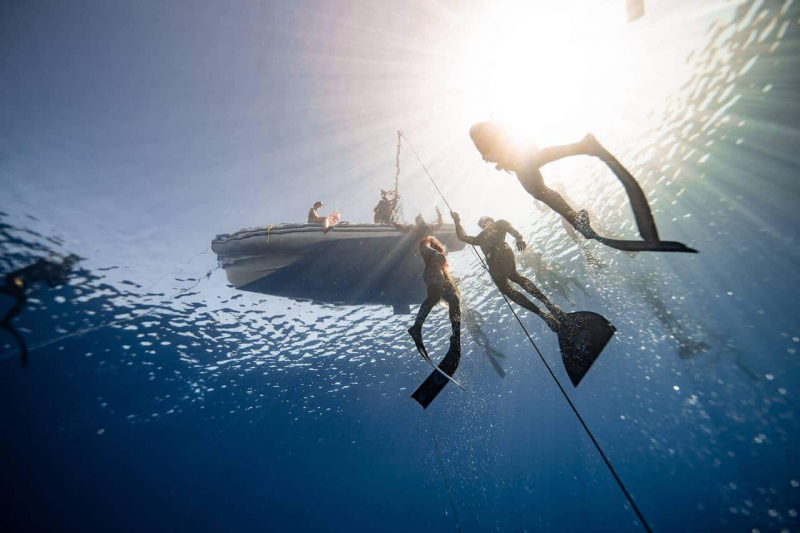
deeperblue.com 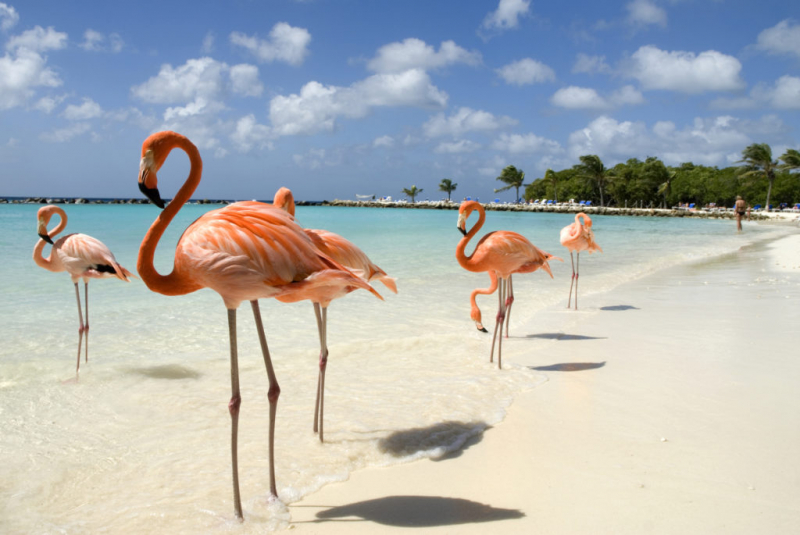
yfcfredericton.ca -
La Boca ranks 8th on the list of the best dive sites in Cuba. The little fishing community of La Boca and its magnificent palm-tree-lined Los Cocos beach are off the main path but well worth the trip. Bull sharks congregate over a 1905 Spanish galleon wreck in a narrow Atlantic waterway. The Sharks Friends Dive Center oversees the experience, allowing you to get up close and personal with these predatory creatures. The ideal months to visit are July to September and February to March.
Beautiful marine life to be sought out at La Boca includes the best reefs in the world (think brain corals and more) along with Hawkbill turtles, red sea anemones, parrotfish, seahorses, etc. The cliffs along the coast are the ideal place for tourists to enjoy the romantic sunset on the beach. Guests can spend their entire stay here because, in addition to relaxing in the fresh natural scenery, there are also high-class spa and massage services to help you relax more comfortably.
Location: Gulf of Cazones, Cuba
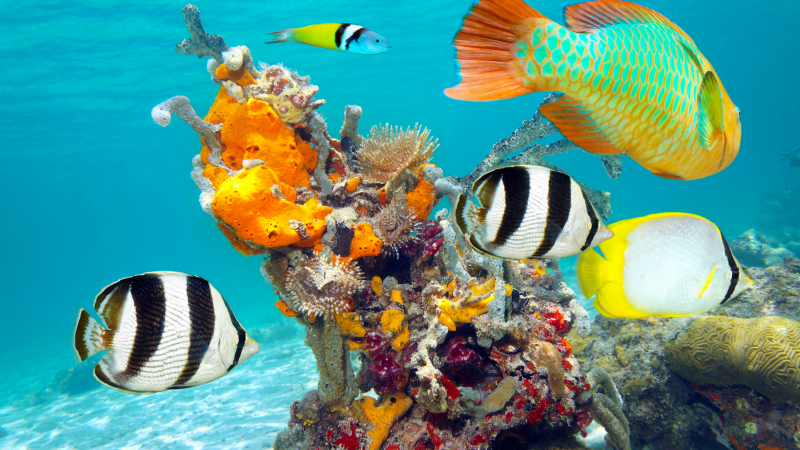
theculturetrip.com 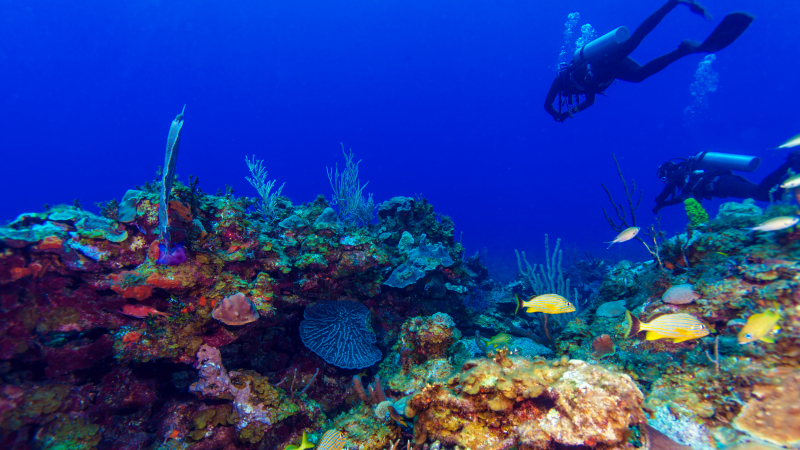
theculturetrip.com -
Canarreos Archipelago ranks 9th on the list of the best dive sites in Cuba, in the Caribbean Sea. It is bordered to the east by the Gulf of Calzones, to the north by the Gulf of Batabano, and to the west by the Los Indios Channel. By far the largest island of the archipelago is Isla de la Juventud, while the second-largest is Cayo Largo del Sur.
The archipelago has 672 islands, islets, and cays. Isla de la Juventud (Isle of Youth) is the largest island of the 350-plus islands of the Canarreos Archipelago. It is the second-largest Cuban island and the seventh-largest island in the West Indies (after Cuba itself, Hispaniola (Dominican Republic & Haiti), Jamaica, Puerto Rico, Trinidad, and Andros Island). It is here where you will find outstanding scuba diving. The island is about 50 km off the southern coast of Cuba near its west end. The reefs are considered to be in excellent condition and the marine life is plentiful including sharks and other pelagic. Locals consider it poor visibility when it drops to 40 meters.
Location: Gulf of Cazones, Cuba
Area: 2438 km2
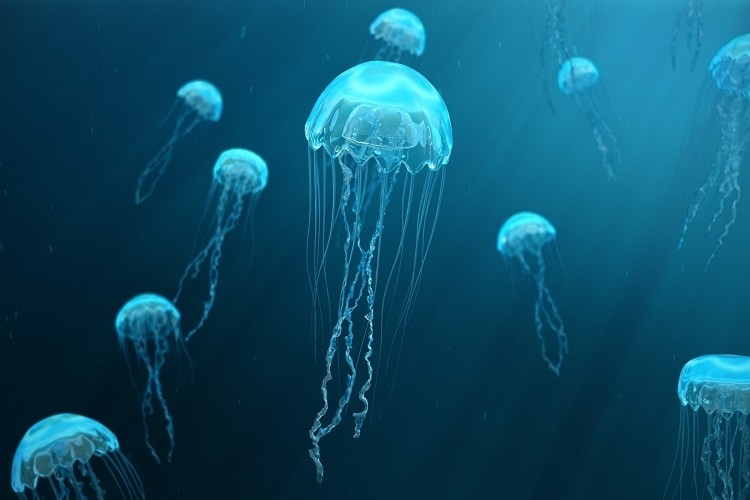
jellyfish.ie 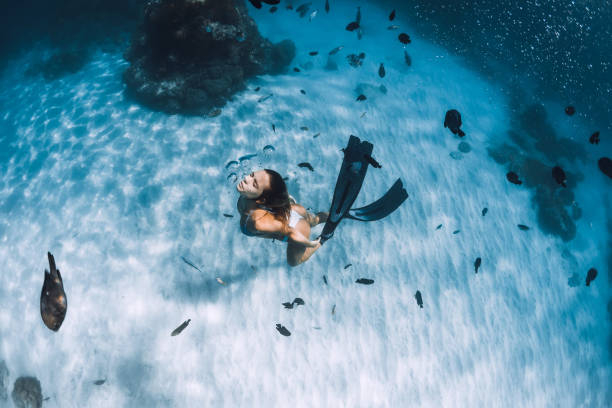
istockphoto.com -
The Jardines del Rey (Kings' Garden) ranks 10th on the list of the best dive sites in Cuba. It is a group of small islands off the coast of Cuba, about 250 miles (450 kilometers) from Havana. Cayo Coco, Cayo Guillermo, Cayo Paredón Grande, Cayo Romano, Cayo Guajaba, Cayo Sabinal, Cayo Santa Maria, and Cayo Cruz are among the islands. Bridges link several of the islands to the main island and to one another. The majority of the diving takes place at Cayo Coco, Cayo Santa Maria, and Santa Luca, the latter of which is famous for its bull shark dives. Santa Lucia, on the other hand, boasts a diverse range of reefs, caves, and wrecks. Cayo Coco is particularly well-known for its spectacular coral reefs. Also, the islands of the Jardines del Rey are located near the Florida Strait, which is deep water. Therefore, the current in the area can be strong.
Jardines del Rey receives its curious name from the colonial era. Around 1513 and 1514, the Spaniards led by Diego Velázquez named the archipelago after King Ferdinand the Catholic, in contrast to other more southern islands, already named Jardines de La Reina (Queen's Gardens) in honor of Queen Isabella the Catholic. They have been able to design an exemplary way of growing tourism with environmental conservation. This is reflected in their virgin beaches and their biodiversity, but also in their construction. The Pedraplén is a road that connects the archipelago with the main island of Cuba and between its small keys. This engineering masterpiece was carried out taking into account the marine currents and wanting to reduce the harsh impact on nature.
Location: Ciego de Ávila and Camagüey, Cuba
Area: 120 miles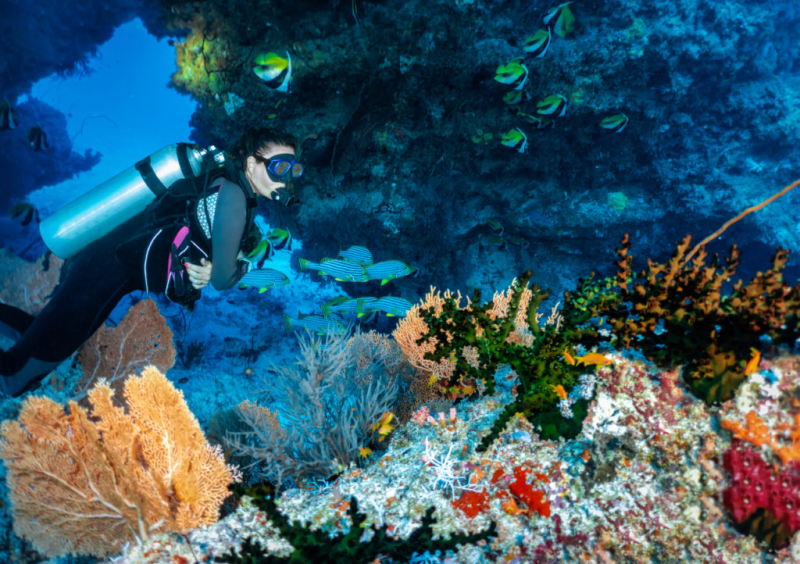
shop02002.saisyoku.org 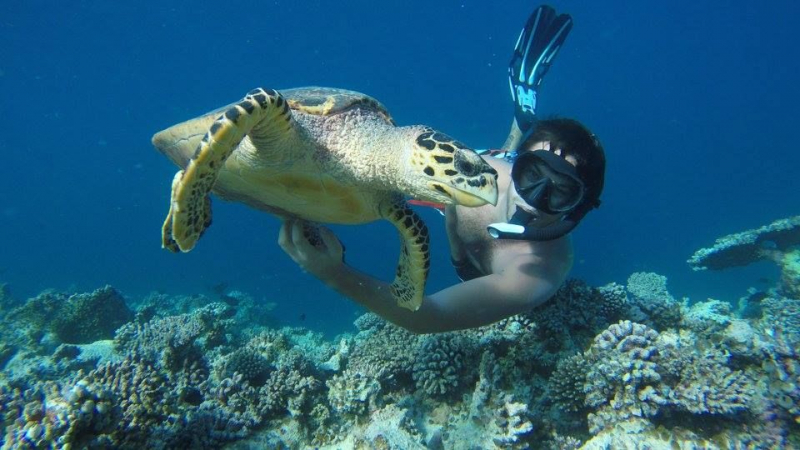
pinterest.com












